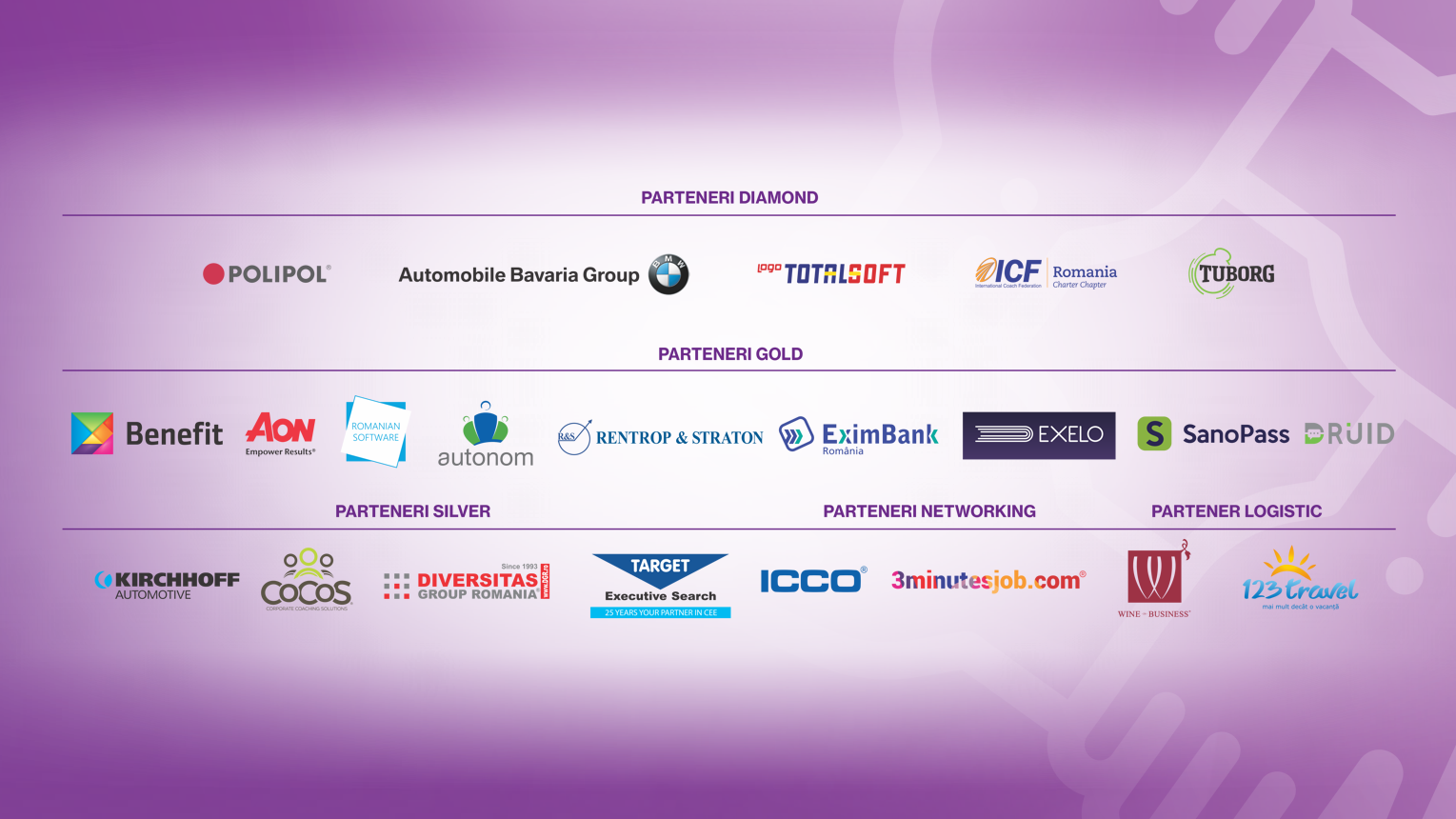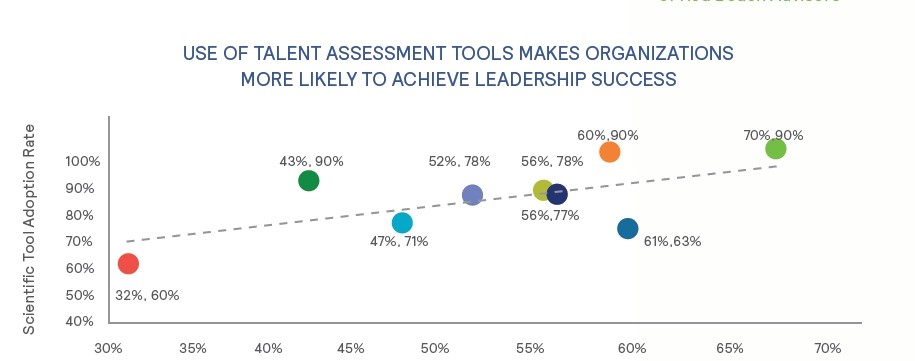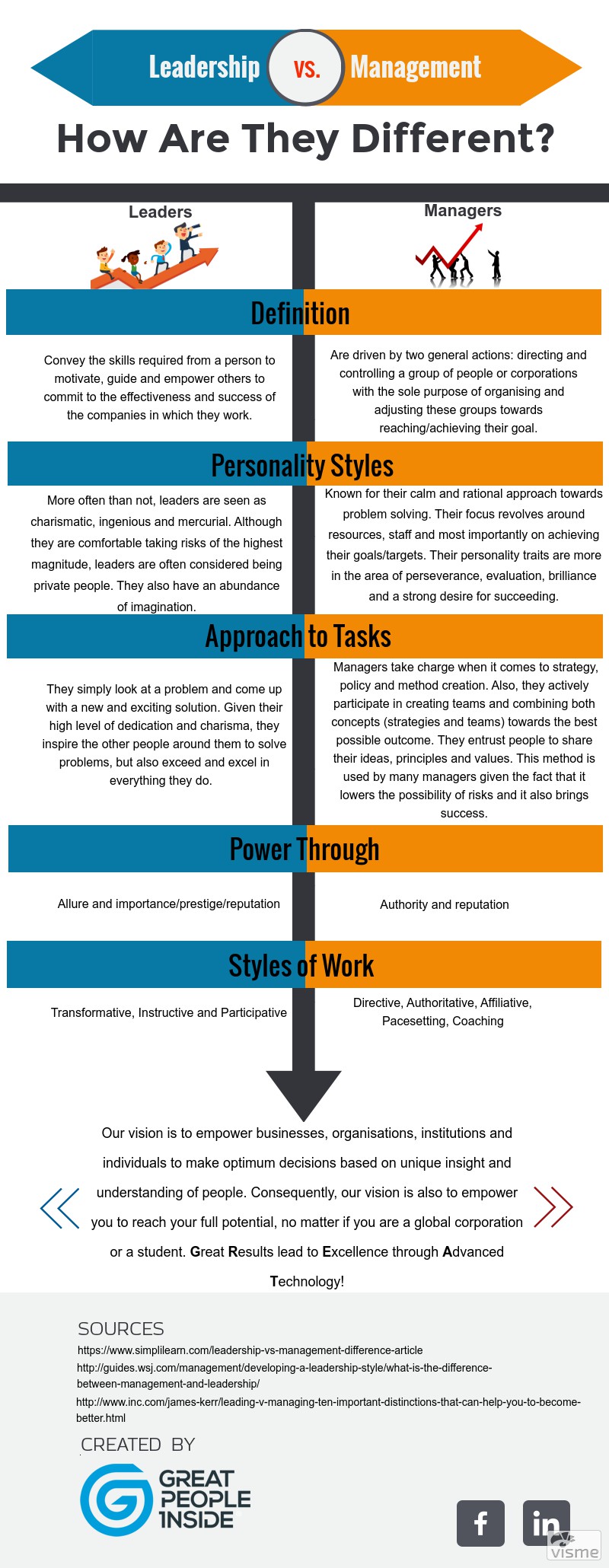2 Questions that Are Vital If You Want to Be a Better Leader
Being a leader is a great privilege that brings with it great responsibility. As a leader, you are often the first to receive the credit and almost always the first to receive the blame. Your position is both demanding and rewarding and requires great skill and balance. You are expected to build authentic relationships, maintain confidentiality, develop your team and meet your goals. Your communication must be strong, and your time management must be masterful. You need to effectively delegate, problem solve, strategise, manage conflict and prioritise. People expect you to be engaging but serious, charismatic but sincere, confident but humble, and transparent but discreet. It is one of the most challenging and rewarding positions you can have, and it is replete with great joys and deep challenges.
The few leaders who are lucky enough to receive training on how to be a leader often attend a one-time seminar or class that focuses heavily on skill acquisition. This is a good place to start but an insufficient one to begin and end. The development of leadership skills is most certainly necessary to become a strong leader, but it is hardly a one-shot deal. Mastering the skills required of leadership is a lifelong endeavour and should be treated as such with consistent training, application, support and coaching. Further, honing these skills is just one of the components of becoming a strong leader. The other component is comprised of mindset, desire and investment required of a leader. Without a leader’s mindset, skill mastery becomes largely irrelevant. Being a leader requires the mindset of a leader.
In 2017, after nearly a decade spent building Uber into a household brand, Travis Kalanick yielded to pressure from investors who demanded that he step down as CEO. Shortly before offering his resignation, the scandal-plagued founder issued a statement: “For the first time I’ve been willing to admit that I need leadership help.”
That was too little too late. And for such once-great commercial giants as Kodak, Blockbuster, and Blackberry, the unwillingness to solicit advice or consider potential pitfalls resulted in not only personal but corporate catastrophe.
Two thousand years ago, two great academies of study debated the ancient laws of the Judean commonwealth. History records that the scholars of the House of Hillel and the House of Shammai argued with one another so passionately it was as if “they fought with swords and spears.” Each school had its own angle on higher truth, and each was committed to preserving the integrity of Jewish legal tradition.
But when they left the study hall, they were fast friends. They married their sons and daughters to each other. Their different visions never became personal. And, occasionally, one school convinced the other that it was wrong.
Ultimately, it was the opinions of the House of Hillel that prevailed, and later authorities explain why. Not only did the scholars of Hillel always record the opinions held by the scholars of Shammai along with their own—they always recorded the opposition opinions first.
Only when we understand the other side of any argument can we truly understand our own. That’s why intellectual integrity demands that we ask ourselves these two questions:
- If I don’t understand why you believe what you believe, how can I be sure that you’re wrong?
- If I don’t understand why you might reasonably disagree with me, how can I be sure that I’m right?
It’s important to note that leadership is not management. And the satisfaction you derive from being a leader has nothing to do with monetary bonuses and everything to do with purpose.
Why do you want to become a leader?
If you lack purpose or drive, there’s no reason for you to become a leader. You might as well do something else. Because at its core, leadership requires sacrifice, and if you don’t have a strong sense of purpose and an unfailable drive, none of the things you sacrifice will mean anything.
Without these two quintessential characteristics, you’ll come to resent the role as well as the people that you lead. For those who have a strong sense of purpose, they are more than willing to go the extra mile — to go out on a limb for those we lead. It’s an inexplicable feeling, but all great leaders have it.
Many people realise that they’re not leadership material. And that is ok, don’t let anyone judge you because that’s indicative of great self-awareness. It’s also one less person who will potentially take a leadership position to use it for selfish gain.
As a leader, when you encourage underlings to propose new ideas, challenge conventional thinking, and argue against the status quo, you are not promoting insurrection. Just the opposite. You are forging a culture of creativity, mutual respect, and intellectual integrity, one in which every contribution is valued and where a commitment to sound decision-making overrides investment in ego or personal prestige. And that will drive you and your organization relentlessly toward success, not occasionally, but always.
Given our current situation knowing that your colleagues or employees are best suited for this new scenario we find ourselves in. Finding the right talent, the best fit for the job and your organisation can be a very challenging task. It is now important to find out whether your managers or your team is well-equipped of working together from various locations. It requires deep knowledge of their personalities, strengths, weaknesses, interests, work style and other characteristics. Our technology and solutions will do the work for you, helping you discover if your people are resilient during times of hardship, if they are autonomous, if they are team players, without actual human contact. Given that our platform is cloud-based, everyone can use it from home as well. Humanity finds itself at a crossroad for various reasons now, why not help people discover and develop themselves from the comfort of their own homes?
Request a free demo:

Sources:
https://www.bngteam.com/blog/top-4-leadership-questions-ask-every-day/
https://letsgrowleaders.com/2019/11/07/7-questions-to-ask-yourself-to-be-a-better-leader/
https://www.coburgbanks.co.uk/blog/assessing-applicants/21-tough-interview-questions-that-reveal-true-leadership-potential/





